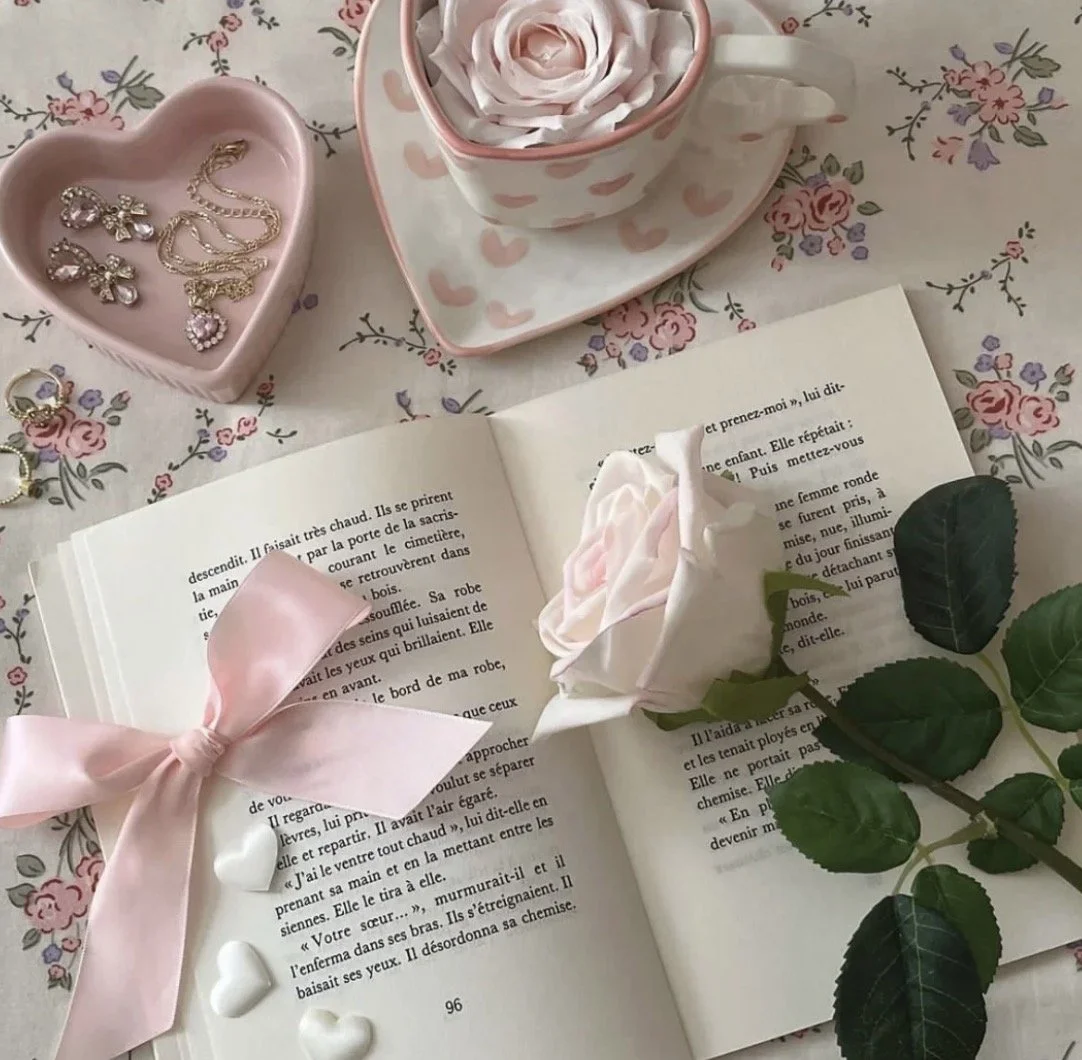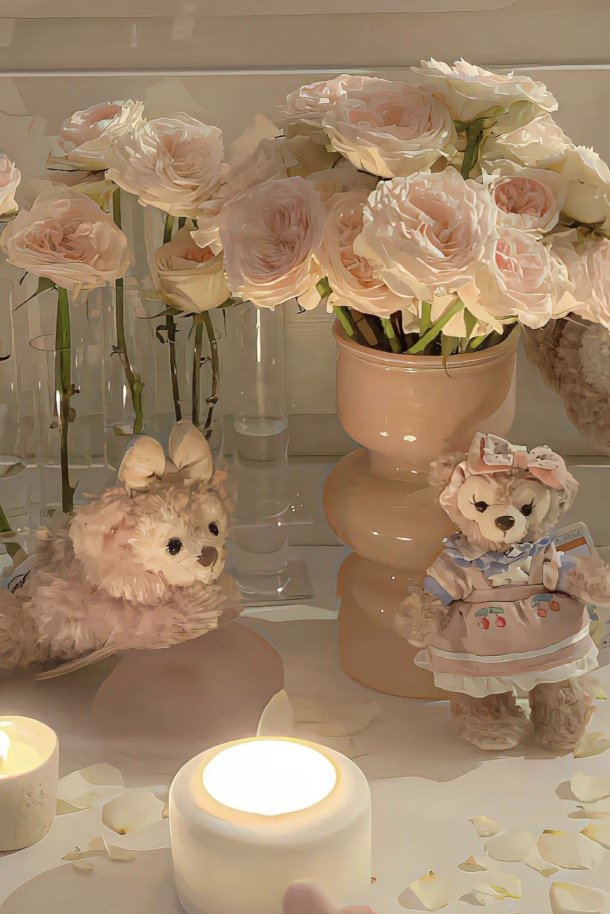
Culminating Essay
Introduction
During this course, my understanding of arts-based critical practice and arts integration in the K-12 classroom has evolved significantly. Initially, I focused on arts integration as a strategy to increase student engagement. However, through readings, sketchbooks, lesson plans and practical experiences, my perspective has deepened to view arts practice as a transformative, equity-centered pedagogy that fosters critical thinking, cultural responsiveness, and emotional connections. In this concluding essay, I review my own learning journey and summarize some key ideas based on course readings and practical experience that are now core principles of my teaching philosophy.
The Arts as a Mode of Critical Thinking
In the early stages of my teaching cognition, I primarily used art integration as a way to engage students. Prior to this class, I always thought of art and science as completely separate, but in truth, artists and scientists share plenty of creativity and ideas in common. After studying the research of scholars such as Eisner (2002), however, I have come to realize that the arts are not only a tool for engaging students, but also an integral part of developing critical thinking skills. As Eisner (2002) states, the arts teach students to explore ambiguity, think critically, and challenge dominant narratives. Using art to provide students with multiple perspectives on scientific concepts, such as photosynthesis, can enhance their understanding and engagement.
One of the projects that had a major impact on my perspective was an arts-integrated lesson on photosynthesis. In this course, they will be exposed to poetry, rap, and several practical experimental tasks. The purpose of this course is to use science to make students feel interested and learn something. I found that these exercises make it easier for them to understand concepts that sound theoretical or scary. By giving students the freedom to express scientific ideas via poetry and rap, they not only internalized the material, but developed their creative skills in the process.
The Arts with Student Imagination and Engagement
The role of student imagination and active engagement became a focus of my teaching philosophy development. I expect my students to feel that their voices and perspectives are valued and that they have the creative ability to make sense of complex topics through the arts. One of the most important strategies I employ is the use of sketchbooks, which allow students the freedom to express their ideas and emotions visually before delving into academic content.
As Goldberg (2012) explains, starting with the idea of learning through art, using sketchbooks and other art forms not only allows students to visually express their thinking, but also encourages them to engage with academic material in a multi-sensory approach. In this way, art serves as a bridge between abstract academic content and students' life experiences.
In addition, sketchbooks play a key role in helping students stay focused and organized. Sketchbooks provide a space for students to organize their thoughts, refine their ideas, and track their progress throughout the lesson. Research has shown that participation in the arts positively impacts children's cognitive and emotional development. Catterall, Dumais, and Hampden-Thompson (2012) found that children involved in arts programs demonstrate improved academic performance and social skills compared to their peers who are not engaged in such activities.
The Arts as Cultural and Emotional Connection
Another important aspect of my evolving teaching philosophy is the recognition of arts integration as a tool to foster cultural and emotional connections in the classroom. Arts allow students to bring their own experiences and cultural background into their studies. This method reflects the findings of Ladson-Billings (1995) in culturally relevant pedagogy and emphasizes the importance of validating students' lived experiences and identities.
For example, in a self-designed course, I offer a place for students to incorporate their unique backgrounds and cultural perspectives. In one case, the students wrote their own rap about photosynthesis, using their own languages and rhythms. Here, art does more than simply aid understanding of the subject matter; it becomes a means of cultural expression, allowing learners to connect science to their own stories. As Parris and Alim (2017) describe in their work on culturally sustainable pedagogy, this experience emphasizes the value of creating a classroom environment where each student's voice is heard and appreciated.
Arts integration achieves an emotional goal and also fosters cultural connections. At a writing workshop on a Friday night, I saw several students who were struggling with their studies finding confidence and happiness via writing poetry and acting. Throughout the course, I realized more and more that the arts can provide learners a safe space, allowing them to express their feelings comfortably and helping them better deal with various difficult situations. Arts can help learners engage with complex concepts in a less intimidating and more fun way. By integrating art activities, I was able to create a classroom environment that not only fostered intellectual curiosity, but also supported emotional growth, resilience, and self-expression.
The Arts and Interdisciplinary Learning
A further important theme that emerged was the deep potential for interdisciplinary arts integration. Early in the program, I was inspired by Goldberg's (2012) articulation of “learning through the arts” and “learning with the arts.” This distinction allowed me to understand that arts integration is not simply decorative learning, but interdisciplinary knowledge construction.
Still in our lesson, I integrated music and poetry into a science unit on photosynthesis, providing students with the opportunity to learn through the creation and appreciation of art. This interdisciplinary approach to learning is rooted in Burnaford, Brown, and Doherty's (2007) view that arts integration deepens understanding of the content being taught. By combining artistic expression with scientific inquiry, students not only memorized the process of photosynthesis, but also engaged in meaningful hands-on learning that helped solidify concepts.
By incorporating a variety of art forms, such as poetry and music, into my lesson planning, I am able to engage my students on multiple cognitive levels and allow them to understand the material from different perspectives. For example, through the rap and singing project, students were able to think about science concepts in ways that they considered entertaining and interactive. Other groups were creative in their designs to incorporate dance, cultural music, and tie-dye into their lessons. This interdisciplinary approach not only made learning more engaging, but also improved students' retention and mastery of what they were learning.
Challenges and Future Directions
While I am now a strong advocate for arts-based critical practices, I also recognize the challenges involved, especially with rigid curriculum structures, time constraints, and standardized testing pressures. Teachers need support, training, and flexibility to integrate the arts meaningfully rather than superficially (Rabkin & Redmond, 2006). Going forward, my goal is to advocate for institutional changes that view the arts as central to the curriculum rather than peripheral.
Additionally, fostering criticality in arts-based practices requires constant reflection to avoid reinforcing dominant cultural norms under the rubric of “fun” projects. As Hooks (1994) reminds us, education must be a practise of freedom to reach beyond our comfort zones to difficult issues of truth and social justice. I aspire to design an arts-integrated curriculum that not only invites students to express themselves, but also allows them to critique and imagine a better future.

References
Catterall, J. S., Dumais, S. A., & Hampden-Thompson, G. (2012). The arts and achievement in at-risk youth: findings from four longitudinal studies. Art And Education. http://files.eric.ed.gov/fulltext/ED530822.pdf
Eisner, E. W. (2002). The arts and the creation of mind. Choice Reviews Online, 40(08), 40–4405. https://doi.org/10.5860/choice.40-4405
Goldberg, M. (2012). Arts and Learning: An Integrated Approach to Teaching and Learning in Multicultural and Multilingual Settings (5th ed.). Boston: Pearson.
Burnaford, G., Brown, S., & Doherty, J. (2007). Arts integration: Frameworks, research, and practice: A literature review. Washington, DC: Arts Education Partnership.
Ladson-Billings, G. (1995). Toward a theory of culturally relevant pedagogy. American Educational Research Journal, 32(3), 465–491. https://doi.org/10.3102/00028312032003465
Paris, D., & Alim, H. S. (2017). Culturally Sustaining Pedagogies: Teaching and. learning for Justice in a changing world. Journal of Family Diversity in Education, 3(1), 99–102. https://doi.org/10.53956/jfde.2018.117
Rabkin, N., & Redmond, R. (2006). Putting the arts in the picture: reframing. education. in the 21st century. (2012). Choice Reviews Online, 50(04), 50–2202. https://doi.org/10.5860/choice.50-2202